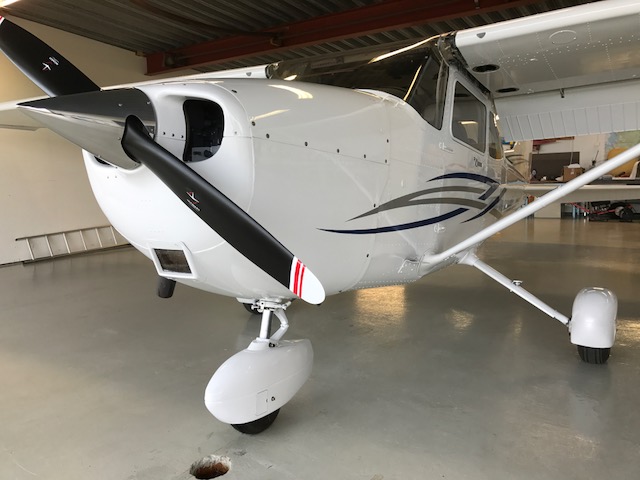
The first hiccup were the mounting ears. I had pulled out the dynafocal mounts and something didn't seem quite right. After a bit of research I found out that there are two sizes the large hole 19770 mounting ears are typically used on the 300 Extra and the Rockets. Unfortunately, the RV-10 engine mount is setup for the small hole 70456 mounting ears. In all honesty, I figured this was my problem and I was about to purchase a set on e-bay when I had sent Thunderbolt (Jeff Schans) and email with my situation. I sent that message late on Saturday and received an immediate response saying that they would get a new set of small hole ears color matched and sent out ASAP. Hurray!
Those came to my house within a couple of days and solved problem number 1!

Problem number two I was expecting, but I was not sure if it was going to be true or not until I got my mounting ears in place and the mount up next to the engine. I ordered this engine with the cold air induction. This cold air setup is again, off of the Red Bull series planes and can be found on the AEIO-540-L1B5. From a dimensions standpoint it looks a bit like the BPE setup. As you probably know, the BPE setup needs a modification to be performed on the engine mount in order to clear the sump. The Thunderbolt has similar clearance requirements.

With the top mounts in place, the oil screen boss *ALMOST* clears the engine mount. In all honesty, I did not try putting the lower mounts in first and then the top mounts to see if everything was going to clear. It may have, but when I saw this, I decided to just go ahead and lower the bar.


I had been expecting this, so a couple of weeks ago I had purchased a pre-bent bar from BPE.

If I were to do this again, I would probably the bar just a little further. Everything looks good, but there is no reason with the mount off of the fuselage at this point to not weld something in that should be compatible with other setups.

That is it for now. I just placed an order for the PlanePower vacuum pad mount alternator and a B&C oil filter spacer and adapter. Hopefully that will be the next post to detail how the rear of the engine looks with some of the accessories installed.












































